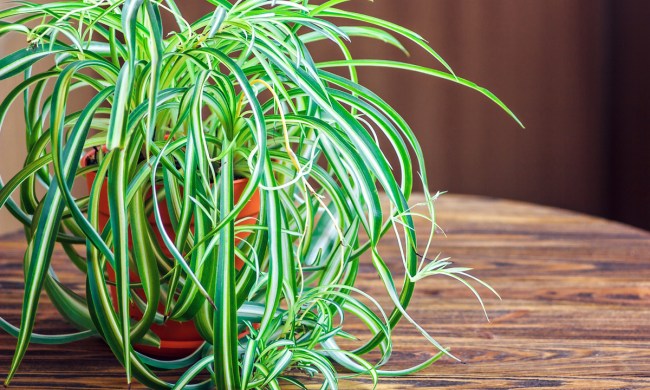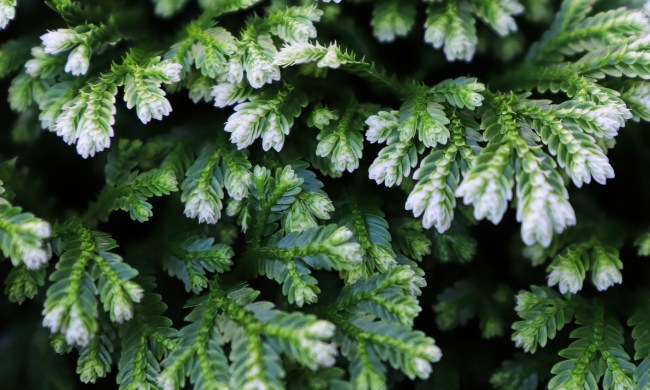Knowing your plant hardiness zone level is valuable information for any gardener. Still, it’s a broad topic that only tells you more information about your particular zone. It doesn’t tell you when to start seeds for tomatoes in zone 4 or when to plant garlic in zone 7. While you used the plant hardiness zones to make these decisions, they are not explicitly laid out as rigid rules. It seems that every gardener has their way of knowing when the time is right.
So how do you navigate this fluid and ever-changing landscape of gardening, frost dates, and seed starting? We recommend starting small.
Make a list
In the depths of winter, when starting a garden seems like eons away, start planning your summer garden. It might seem too early, but seed starting comes upon us quickly, and you’ll want to take full advantage of the season.
First, make a list of all the vegetables you’re interested in growing. Remember to plan according to how much space you have. Planting five zucchinis next to 10 corn stalks in a 4×2-foot raised bed isn’t going to work. When in doubt, start small, and next year you can increase the amount as you learn more and more.
Second, take that list and check the growth rates for each plant. This means knowing how long it will take the plant to produce fruit once planted in the ground or a seed tray. It’s essential to know these numbers. It will tell you if you have time to grow them within your zone or if you need to start seeds indoors to be able to have mature tomatoes before the first frost comes.
Summer or winter?
Some plants like to be kissed with a light frost. Parsnips, for example, actually improve in flavor if they are hit with a frost. This means they should be planted later in the season and harvested right before winter is in full swing.
Veggies such as garlic and onions need a full winter season in the ground before they are ready to be harvested in the spring. So, unlike cucumbers that want to grow during summer, these types of plants like to take their time during the cold winter months fattening up.
Divide your list of desired plants between summer and fall crops. This will let you know when you can plant and seed start each plant and maybe even get more out of a smaller garden by planting onions in a spot that you just pulled up your zucchinis.
When should you transplant seeds?
The length of time before a plant should be transplanted has more to it than just the frost date. Mostly it has to do with lack of space and light. Tomato plants might start as small and adorable little seedlings, but they will bolt up fast with ample light and food. Then you’ll have almost full-grown tomato plants on your hands, and you’ll quickly run out of space and resources. With the last frost dates still too far away to move them outside, these plants are likely to die and all your efforts will be for nothing.
Give yourself five to eight weeks to start seeds indoors, and then move them outside. It’s where they want to be anyway, and with proper water and soil, they will thrive with natural light much better than they would with artificial light. Remember that not all veggies can be started indoors, and no matter how short your growing season is, you’ll have to wait until the last frost to be able to start growing certain plants.
So, when should I plant my veggies?
There is no one right answer for the best time to plant vegetables. For every zone, every veggie, and every garden, there is a different answer. The best way to find out the optimal time for planting gardens is to educate yourself on your zone, last and first frost dates, the number of days within your growing season, and when you can start seedlings.
The best way to grow as a gardener is to jump right in and try new things. It’s best to accept that you will fail in growing certain things at first, but it’s not a failure when you’ve learned something. There’s always next season! The worst thing you can do for your green thumb is to avoid using it.



